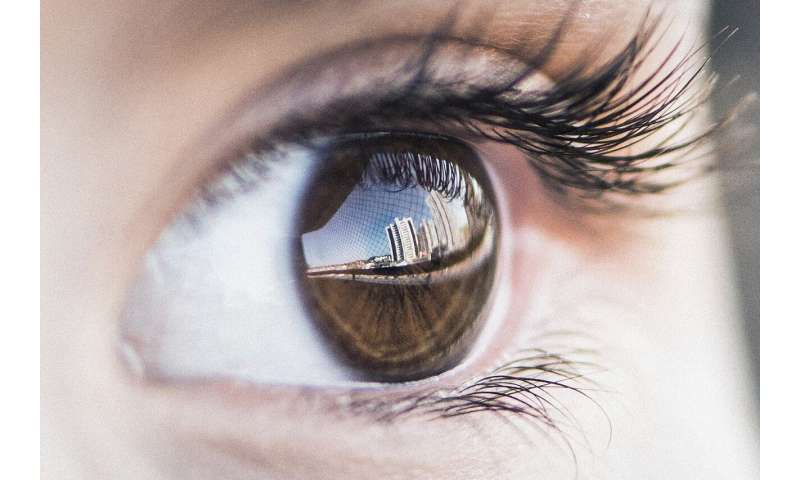
Dear Mayo Clinic: What are the risks of LASIK surgery, and will my vision deteriorate again over time, even after surgery?
A: It is not typical for a person’s vision to regress after LASIK, or laser-assisted in-situ keratomileusis, and complications that result in a loss of vision after LASIK are rare. Although the procedure may lead to some side effects, they are uncommon. A thorough evaluation before surgery often can help avoid many of the potential problems that can happen after LASIK.
LASIK is a form of refractive surgery—surgery that changes the shape of the cornea, the transparent window at the front of your eye. The surgery corrects vision problems such as nearsightedness, farsightedness and astigmatism, reducing or eliminating the need for eyeglasses or contact lenses.
LASIK is performed using a laser that removes tissue from your cornea to reshape it. To gain access to the cornea, a surgeon cuts a hinged flap away from the front of the eye. After reshaping the cornea with a different laser, the surgeon lays the flap back into place. Vision is often good right after surgery, but it can take up to several weeks for it to stabilize. In some cases, the first surgery may result in under correction. This is more common in people who have higher prescriptions. If under correction happens, another surgery may be needed to achieve the proper correction.
Long-term results from LASIK tend to be best in people who are carefully evaluated before surgery to ensure that they are good candidates for the procedure. Medical history, family history and other existing medical conditions can affect the success of LASIK. The shape and thickness of your cornea also need to be thoroughly assessed to make sure that you can undergo the procedure safely.
Potential side effects from LASIK include seeing glare and halos around lights, particularly at night. This generally lasts a few days to a few weeks. Most people experience more dryness in their eyes after surgery. In some cases, dry eyes may become a chronic problem following LASIK. People who have dry eyes before LASIK are at higher risk for chronic dry eyes after surgery than those who have not had that condition.
More serious complications of LASIK include eye infections that lead to scarring of the cornea, an irregular surface of the cornea from the laser, and problems with the LASIK flap during or after surgery. All of these complications are uncommon.
Another serious complication is an eye disorder called post-LASIK ectasia. This condition changes the shape of your cornea years after surgery. In people who have ectasia, it may seem as if their vision has regressed. Usually the vision cannot be fully corrected with glasses or contact lenses, and in some cases, ectasia may require a cornea transplant. The main risk factor for post-LASIK ectasia is an eye disease called keratoconus. If you have this disorder, or if you have a family history of it, you should not get LASIK.
Another eye problem that can mimic vision regression after LASIK is a cataract—clouding of the eye lens. As a cataract develops, some people who have had refractive surgery become nearsighted again. This problem requires cataract surgery and not further LASIK.
Because several serious eye issues can masquerade as vision regression, it is important to have your eye care professional investigate any change in vision after LASIK to find the underlying cause.
Source: Read Full Article
